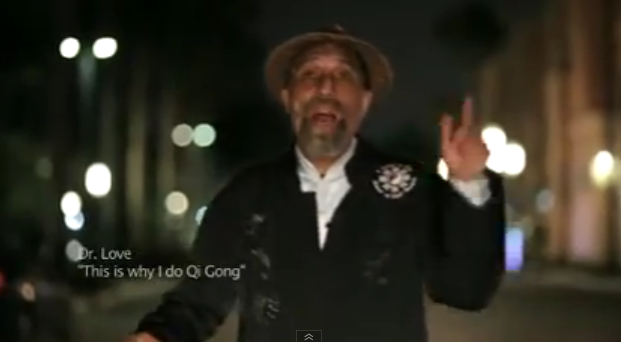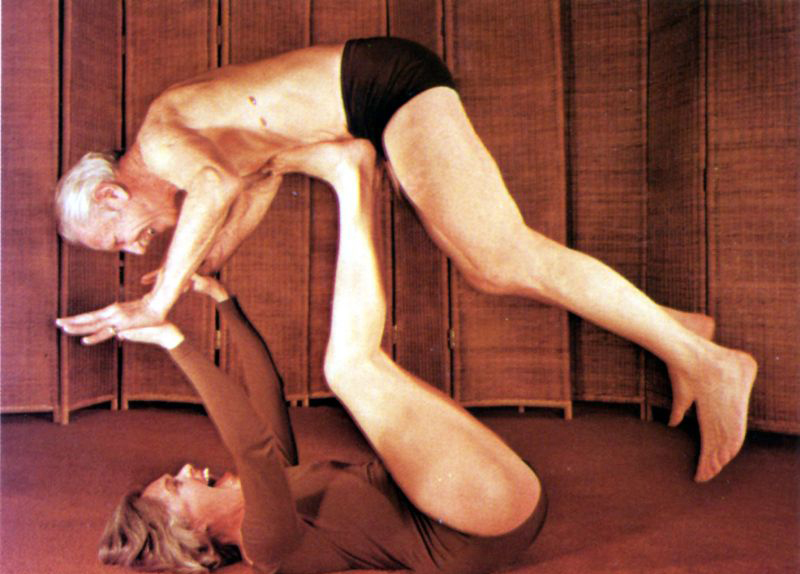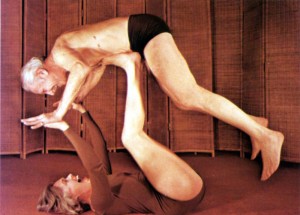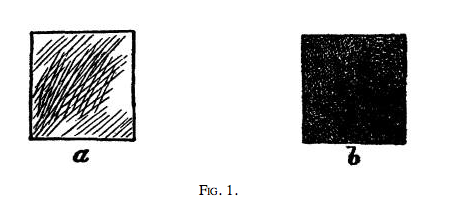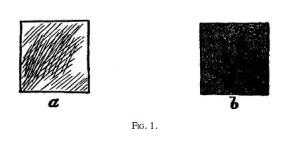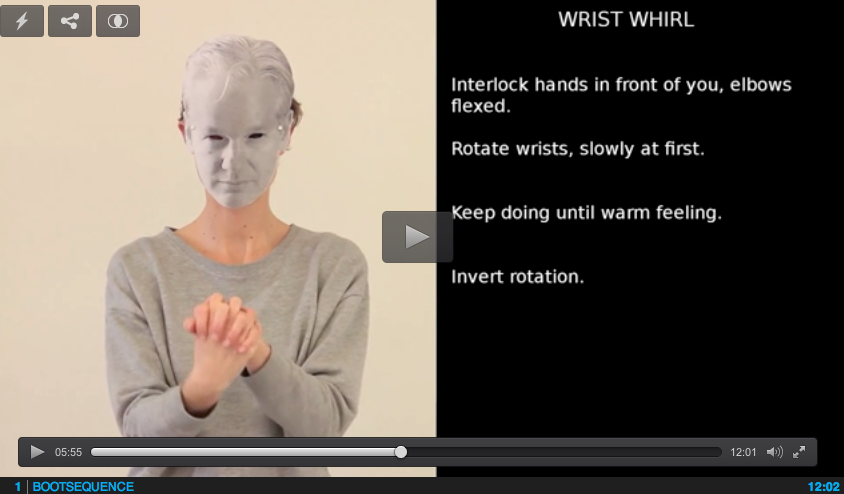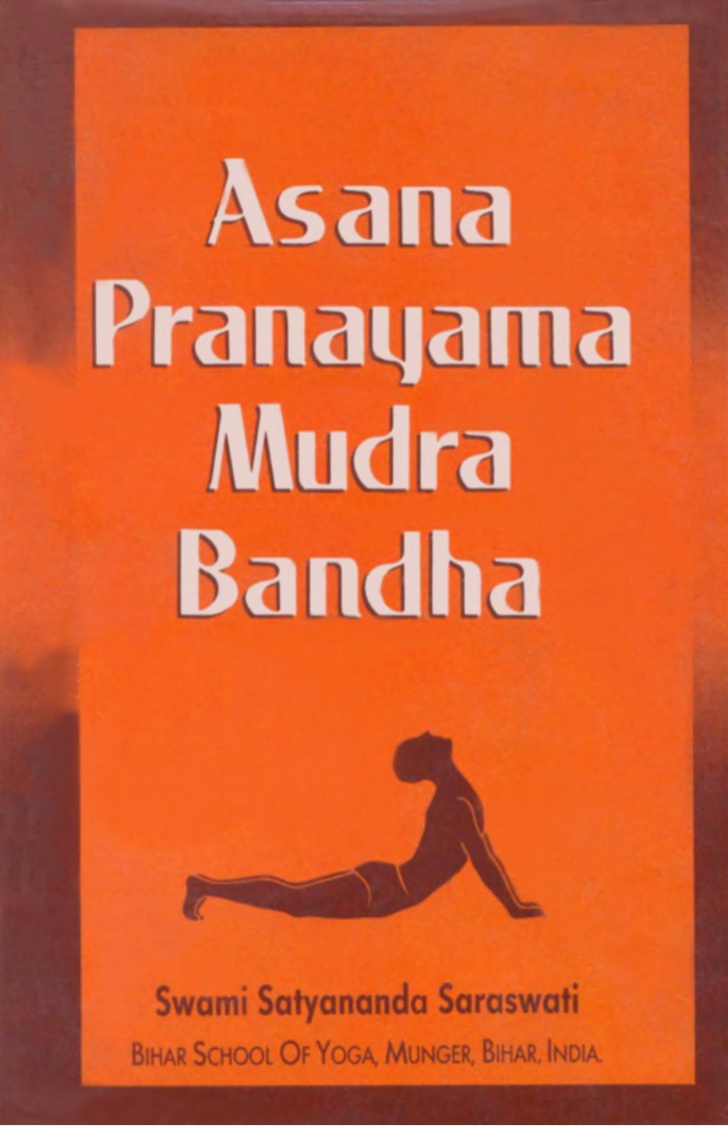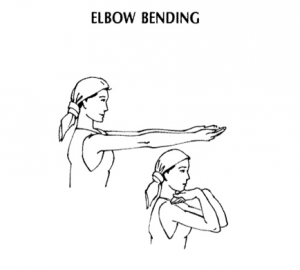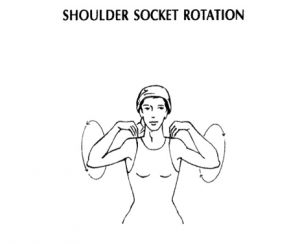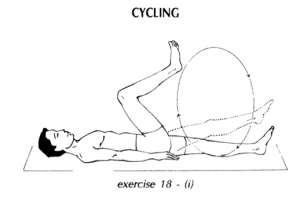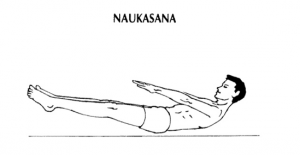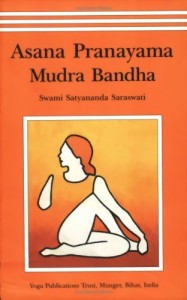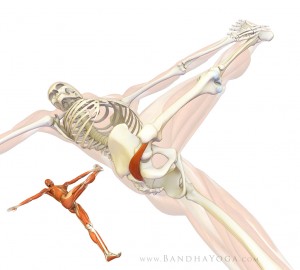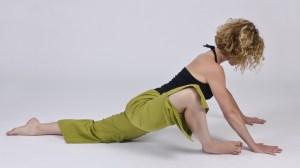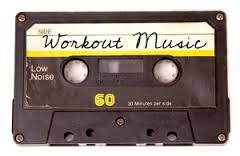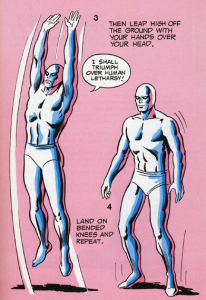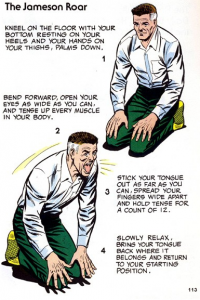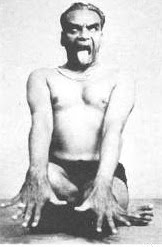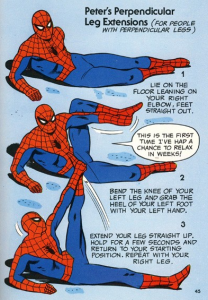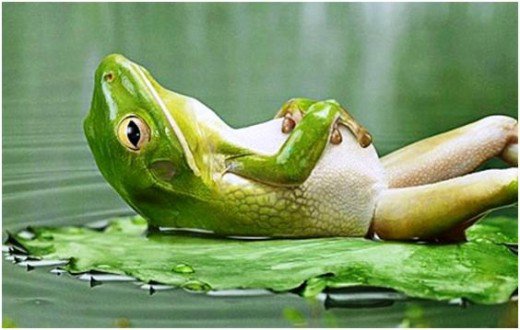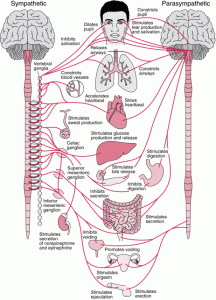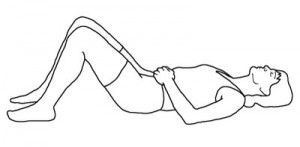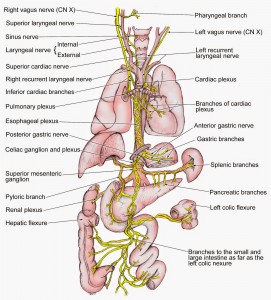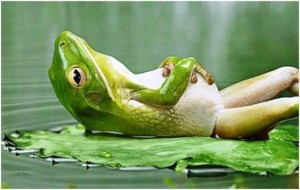Instant crush on the works and words of artist/”personal trainer” Nina Cristante ! She develops a low key, intuitive, diy, fluid, elusive (as opposed to marketable), critical/common sense approach to well-being, diet, exercise… Part of her “frugal” Fitness Povero program (a take on the italian Arte Povera) is her “homeworks” collection of physical exercises videos, which she made in her bedroom and to which she also composed the music.
Tag Archives: Exercises
Holistic Security: Well-being indicators as Security Indicators
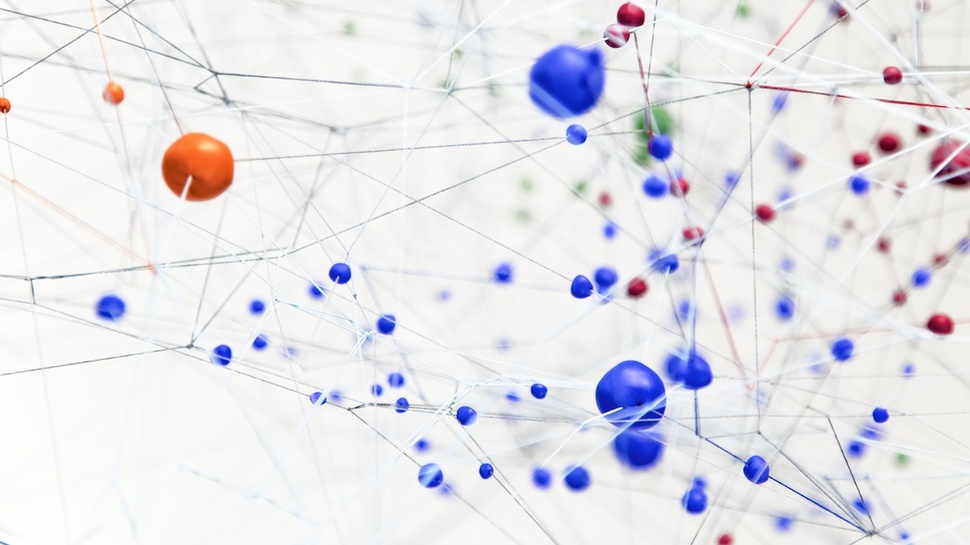
Below is an excerpt of the chapter on Security Indicators in the Holistic Security Strategy Manual for Human Rights Defenders, by Tactical Tech (a recommended resource/read). It describes indicators of health and well-being as security indicators. A security indicator being defined as “anything out of the ordinary that we notice which may have an impact on our security”.
Indicators in our health and well-being :
“It can be easy to overlook our health and well-being, but changes in our health can indicate a reaction to an external problem such as increased stress, which in turn impacts our security situation. As activists we sometimes continue to push ourselves, but in doing so we risk causing lasting damage to our health over time, or hindering our ability to analyse our security situation. We may not be used to monitoring our own health and changes can occur gradually, so adopting a methodological approach to our physical, emotional and psychological selves is a good start. One way of doing this is by making a stress table, like in the exercise below.”
These considerations are followed by an exercise in the form of a stress table, to “help you to identify your limits concerning different kinds of stress, how to recognise these limits and measures to counter stress.”
34 Pictures To See Which Muscle You’re Stretching
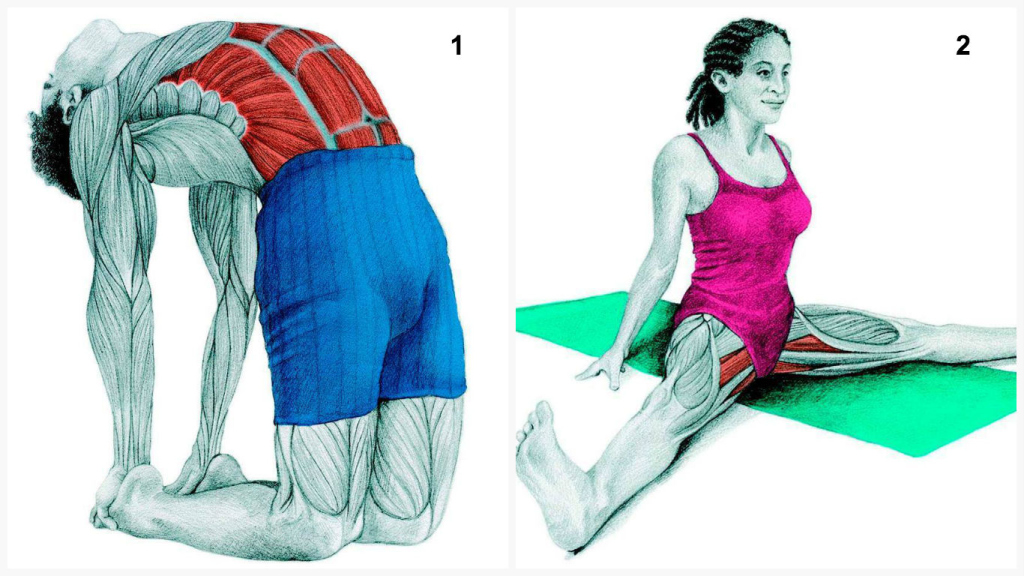
Whether you’re a chronic sitter, a daily exerciser, or a weekend warrior, you probably know stretching is a critical habit. By sending blood flow to your muscles and helping your joints move through their full range of motion, stretching improves your posture and athletic performance while lowering your risk of pain and injury.
But when you do yoga or a flexibility routine, do you know which muscles you’re actually stretching? Or whether you’re performing each stretch correctly?
With this knowledge in your back pocket, you can choose the best stretches for your goals. And if you ever feel pain — and I don’t mean the good, stretchy kind of pain but the “Whoa, something doesn’t feel right” kind of pain — you can pinpoint the muscle giving you trouble and alter your technique to avoid getting injured.
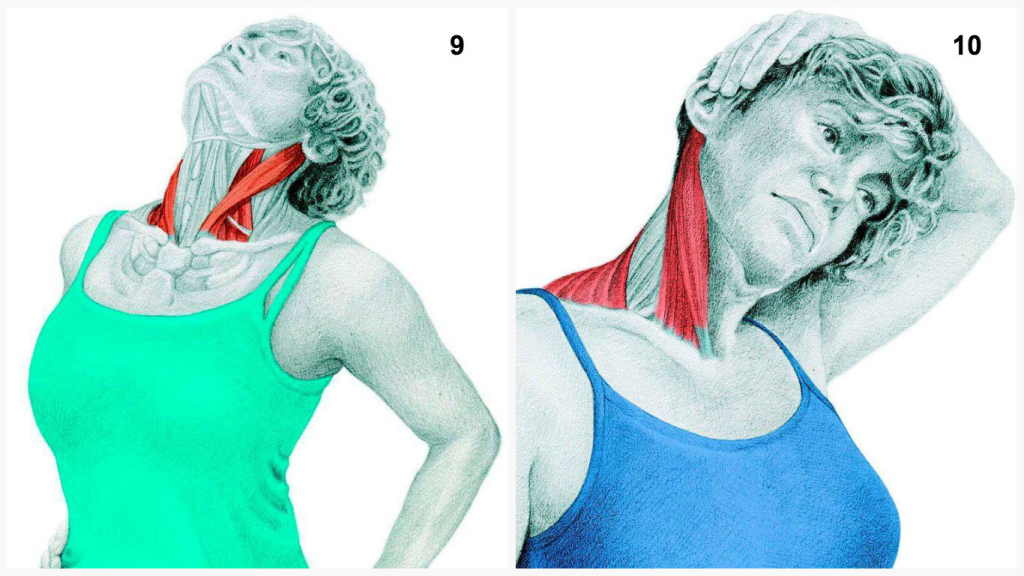
http://beyoungbegreen.com/36-pictures-see-muscle-youre-stretching/
Dr QI LOVE Rap
“THIS IS WHY I DO QIGONG”
Lets do it
Drawing lessons
To draw to take the time to look at things, to perceive and to design, to be delicate, to sense beauty, to relate to it, to rejuvenate one’s mind after the ravages of emergency, or boredom, or blackness, to save one’s eyes.
Some thoughts and drawing exercises in the Three Letters for beginners of THE ELEMENTS OF DRAWING, by John Ruskin
“5. Everything that you can see in the world around you, presents itself to your eyes only as an arrangement of patches of different colors variously shaded. Some of these patches of color have an appearance of lines or texture within them, as a piece of cloth or silk has of threads, or an animal’s skin shows texture of hairs: but whether this be the case or not, the first broad aspect of the thing is that of a patch of some definite color; and the first thing to be learned is, how to produce extents of smooth color, without texture.”
“21. You will see that all the boughs of the tree are dark against the sky. Consider them as so many dark rivers, to be laid down in a map with absolute accuracy; and, without the least thought about the roundness of the stems, map them all out in flat shade, scrawling them in with pencil, just as you did the limbs of your letters; then correct and alter them, rubbing out and out again, never minding how much your paper is dirtied (only not destroying its surface), until every bough is exactly, or as near as your utmost power can bring it, right in curvature and in thickness. Look at the white interstices between them with as much scrupulousness as if they were little estates which you had to survey, and draw maps of, for some important lawsuit, involving heavy penalties if you cut the least bit of a corner off any of them, or gave the hedge anywhere too deep a curve; and try continually to fancy the whole tree nothing but a flat ramification on a white ground. Do not take any trouble about the little twigs, which look like a confused network or mist; leave them all out, drawing only the main branches as far as you can see them distinctly, your object at present being not to draw a tree, but to learn how to do so. (…)”
“22. You cannot do too many studies of this kind: every one will give you some new notion about trees. But when you are tired of tree boughs, take any forms whatever which are drawn in flat color, one upon another; as patterns on any kind of cloth, or flat china (tiles, for instance), executed in two colors only; and practice drawing them of the right shape and size by the eye, and filling them in with shade of the depth required.”
Boot Sequence
Here is a video tutorial for day-to-day self-care: a “boot sequence” of movements to wake up, warm up, unlock, stretch, strengthen. Recommended in the morning, before physical activity, or to restore some flow after prolonged stillness.
Dedicated to the many courageous people striving for a good fair world.
May this help you take care and stay strong <3
Special dedication to Julian Assange of Wikileaks.
—————————————————
Julian Assange is the founder and editor in chief of Wikileaks.
The publication by Wikileaks of US diplomatic cables and the Iraq and Afghanistan war logs in 2010, exposing US wrong doings and crimes to the public, has brought considerable heat on him and the organization.
In 2012 Assange entered the embassy of Ecuador in London asking for asylum, which he was granted in protection against the political persecution and threats to his life coming from the USA. Indeed in the USA, a secret grand jury is investigating him and Wikileaks, and public figures have called for his assassination, meaning exceptional (illegal?) law and bad treatments most probably await him there (see how Manning was treated).
Contrary to what medias are spinning, Assange is not trying to escape justice in Sweden, where he is wanted for questioning (and not charged) in relation to alleged sexual offenses. Only Sweden is not giving guarantees he would not be extradited to the USA should he travel there for the investigation, nor is the Swedish prosecution accepting alternatives proposed by Assange’s legal team – among other dubious bizarreries in this case.
Meanwhile, the UK keeps the Ecuadorian embassy under constant police watch, refuses Assange safe-passage to his host country, ready to arrest and extradite him to Sweden should he set foot outside.
Consequently Assange has not been able to leave the building and see daylight in over two years, a situation effectively equivalent to pre-charge detention and a violation of his rights denounced by 59 international organizations.
More info and support :
“The siege of Julian Assange is a farce”, John Pilger
“We are Women Against Rape but we do not want Assange extradited”, Katrin Axelsson and Lisa Longstaff
Yoga-to-go
Classic, concise, clear, accessible yoga book ASANA PRANAYAMA MUDRA BANDHA by Swami Satyananda Saraswati is available HERE although not in its latest version.
Imo, this manual is particularly interesting when new to yoga and/or or looking for some easy body routines that you can start practicing alone. The Beginners group is good indeed, with different series of basic exercises to help prevent or help alleviate disorders caused by overexertion and stillness-stasis combined (as in a lot of computer / office work). Check out the Exercises for the eyes !
(Remember to first read the advice and precautions in the introduction)
Yoga postures to relieve sciatica pain in piriformis syndrome
Read how spasms in the piriformis muscle can cause sciatica pain (+ understand there are other types of sciatica) + check out / try out the selection of well described yoga postures that can help relieve that pain and prevent it from happening again.
>>> Healing with Yoga: Piriformis Syndrome (Daily Bandha)
“Piriformis syndrome is characterized by buttock and/or hip pain that may radiate into the leg as a form of sciatica. This syndrome is thought to result from spasm of the piriformis which causes irritation of the sciatic nerve as it passes across (or through) the muscle. Spasm in the piriformis can be precipitated by an athletic injury or other trauma. The mainstay of treatment involves stretching the piriformis and its neighboring external hip rotators, with surgery to release the muscle reserved for recalcitrant cases.”
See also on Daily Bandha : The Piriformis Muscle and Yoga
>>> Yoga poses can relieve pain sciatica pain (Fox5 San Diego)
“Pigeon pushup”
“This is a piriformis-stretching pose for the front leg and a hip-flexor stretch for the back leg.
From a kneeling lunge position, take both hands to the floor on the inside of your leg. Open your hip by letting your knee fall out to the side as you roll to the outside of your foot. Walk your hands forward and outward to push your weight out of your upper body and into your hips and pelvis. Take five long, deep breaths.”
CAREFUL with the exercises !
You might want to “Check with your physician or physical therapist before trying these exercises” and do “Move carefully into each posture, listening to your body. Stop immediately if pain increases or you feel any cautionary sensation.”
Shinrin-Yoku
Forest bathing, in japanese. Time out with the trees. Proven to be good for your mental well-being (do we really need studies ?)
Regarde au loin
“L’oeil humain n’est pas fait pour cette distance; c’est aux grands espaces qu’il se repose. Quand vous regardez les étoiles ou l’horizon de la mer, votre oeil est tout à fait détendu; si l’oeil est détendu, la tête est libre, la marche plus assurée; tout se détend et s’assouplit jusqu’aux viscères. Mais n’essaie point de t’assouplir par la volonté; ta volonté en toi, appliquée en toi, tire tout de travers et finira par t’étrangler. Ne pense pas à toi, regarde au loin.”
Alain, Propos sur le bonheur.
Enough Sitting on your Ass: Reclaim it, Twerk it ! Workshop with Fannie Sosa 26/05 PARIS
Paris people of ALL genders are invited by Fannie Sosa to come shake, re-shape, reclaim their booty after hours of sitting down on it, and years of constraints on its freedom of movements, MONDAY 26 from 19h to 22h at le Comptoir général, 80 Quai de Jemmapes. There is much more there at play and to play with than the latest TV craze. Find out for yourselves.
Parisiens de TOUT genres sont invités par Fannie Sosa à venir secouer, re-former, et réclamer leurs fesses après des heures passées assis dessus et des années de contraintes sur le leurs libertés de mouvements, LUNDI 26 de 19h à 22h au Comptoir Général, 80 Quai de Jemmapes. IL y a beaucoup plus d’enjeu et de jeu ici qu’une tendance TV. Allez voir par vous-mêmes.
15 euros
sofiasennab@gmail.com
“Nous allons twerker, mais aussi échanger plein de paroles, explorer des lieux inconnus, oublier le corps du bureau et trouver celui de la terre. On va voir des images et en faire, mais surtout nous prendrons le temps de découvrir cet incroyable endroit de power et d’amour qu’est le cul.
La tenue est super importante : il faut ramener cet habit de lumière qui est garanti 100% confort MAIS qui nous fait aussi sentir les rois et reines du dancefloor”
Creative Commons Workout Music selections from WFMU/ FMA
Radio WFMU and Free Music Archive propose mixes of creative commons workout tunes for non commercial use.
As noted by WFMU Jason Sigal, these are good for schools, non profit fitness centers and other organizations who can’t pay the (pumped up) price to do squats to an original Britney Spears song, and are not too interested either in getting cheaper mock up versions of it.
So get into comfortable clothes and grab some for your community:
WFMU/FMA CC Workout mix
FMA Katya Oddio Feeling SuperBetter workout mix
Remember no one actually has to become super better or optimized or anything, although, for those who like, a Mister Universe kind of workout is also available: The Arnold Schwarzenegger’s Total Body Workout MP3s
Being programmed by a program: a review of Workrave by Sophie Hiltner
Physical therapist Sophie Hiltner offers a quick review of Workrave ”a program that assists in the recovery and prevention of Repetitive Strain Injury (RSI), frequently alerts you to take micro-pauses, rest breaks and restricts you to your daily limit.”
More from Sophie in the talk she gave at 30C3 last December, CODING YOUR BODY.
Workrave: being programmed by a program
A review by Sophie Hiltner
Sitting at my desk working as usual I suddenly feel the urge to stretch my arms high in the air, extending my thoracic spine. Two seconds after I had followed my impulse, the little reminder from workrave popped up to tell me I needed a micro pause. What happened here, had the one week trial phase already left its impression in my movement patterns inside my brain?
I will give you a quick overview about the program workrave (http://www.workrave.org/), my experiences with it and a physiotherapeutical evaluation of its function.
Workrave is a programm that monitors the use of keyboard or mouse. The programm offers two different kinds of pauses, a microbreak and a coffeebreak. The preset timing, of the intervals of the pauses, did not feel good to me, therefore I chose a twenty minutes rhythm for the micropause of thirty seconds and one hour rhythm for the coffee break of five minutes. During those breaks your monitor is blocked, unless you decide to skip or postpone the break by a certain period of time. In general I use these microbreaks to stretch, get out of the chair, go to the bathroom or fill up my tea cup. Choosing a small cup and putting the tea pot at the other end of the room is a great opportunity for a small walk between the sitting phases of your day.
During the coffeebreaks the programm offers excercises for shoulders, eyes, fingers and arms. For example: stretching out your fingers or neck muscles. Each exercise is about twenty-five seconds long. Depending on your motivation you can choose up to ten excercises per break. These exercises are helpful from a physiotherapeutical point of view, but especially the stretches are way to short. If you like the excercises offered I would suggest doing one maximum two and repeating those for at least one minute each. Concentrate on your breathing while stretching, for example your neck, and feel the tension leave your body while you exhale.
A friendly person sent me his comment about workrave “Since I use workrave, my room is much cleaner.”. I have to agree, besides the stretching I used the breaks also to tidy up things quickly, wash the dishes or make fresh tea.
Besides all those advantages I have two points I am not happy about. First of all, when you are not typing or using your mouse the programm counts it as a break. Since I am also reading a lot when working I need to remind myself of those breaks. But after using workrave quite often while I was writing, my body started to remind itself of the needed breaks. This does not mean, that the program became unnecessary, but that Pavlov was correct. Bottomline: the programm helped me to be more aware of continuous sitting periods and I start to move subconsciously whenever a break should be taken.
The second point of criticism: workrave is incredibly sexist, since the person presenting the exercises is a big busted woman with braided hair. A neutral person would be more suitable, at least for my taste.
Another thing is, that wordrave is not availabe for Mac L sorry to say. If anybody knows a mac compatible programm let me know.
That is what I have to say about workrave. If you have questions, suggestions or critique: Let me know! Till then keep working out in the office,
Sophie.
Hacking (with) care + La Quadrature Du Net at 30C3 <3 December 27th to 30th 2013
(En)
Following the lovely experience together at OHM2013, Hacking (with) care members gladly respond to the invitation of La Quadrature Du Net to once again team up with them, this time at the Chaos Communication Congress in Hamburg, from December 27th to 30th. Emily and Baba (and Anne sending and picking up infos and vibes from Quebec!) will basically offer the same body & soul treats to caring hackers, + new ideas and little improvements that will hopefully make it even better, including:
– Well, this blog, to start with..!
– Morning and evening stretch sessions guided by volunteer Stretch masters
– DIY massages/ individual tutorials with Emily, available in addition to individual massages session
– Energy showers…
And more !
Keep posted with 30C3 thanks to the wiki, AQUI
(Fr)
Après l’agréable expérience partagée cet été à OHM2013, les membres de Hacking (with) care sont heureux d’accepter une nouvelle invitation de La Quadrature Du Net à se joindre à eux, cette fois lors du 30C3, Chaos Communication Congrès, du 27 au 30 décembre à Hambourg. Emily et Baba (et Anne, émettant et captant infos et vibes depuis Quebec!) proposeront à peu près les mêmes gourmandises et soins pour le corps et l’esprit qu’à OHM, + de nouvelles petites idées et améliorations pour rendre le tout encore meilleur, notamment:
– Ce blog, pour commencer..!
– Des sessions d’étirements le matin et le soir menée par des “stretch masters” volontaires
– Des petit travaux pratiques, supervisions avec Emily en massage, disponible en plus des séances individuelles de massage.
– Les “douches d’énergie”..
Et plus !
Vous pouvez rester branché.e.s grâce au wiki LQDN 30C3, AQUI
Do in automassage (le bien-être au bout des doigts)
Le Do In est une technique d’automassage issue de la médecine traditionnelle chinoise. Sa pratique est très proche de sa version japonaise appelée Shiatsu « la voie par la pression des doigts ».
Dominique Launay, praticien en shiatsu est l’auteur de “Do In automassage : le bien-être au bout des doigts”. Il a réalisé des vidéo pour le web présentant une série d’exercices pour prévenir et soulager les maux du quotidien des travailleur.euses sur ordinateur.
La démarche est expliquée et les différents exercices sont présentés ici:
http://www.psychologies.com/Bien-etre/Relaxation/Massage/Articles-et-Dossiers/Video-s-automasser-avec-le-Do-In
MARVELOUS FITNESS (I shall triumph over human lethargy)
Here for your enjoyment some yoga / stretch / fitness exercises from Stan Lee’s STRENGTH & FITNESS book.
A few stretches in the morning and/or evening can go a long way. You don’t necessarily have to jump like Silver surfer, in fact, maybe you shouldn’t jump first thing, but do adopt a little morning routine to wake your body gently and activate your vitals so you can kick ass all day. Make it indispensable and obvious like a shower (let’s hope you do shower from time to time). In the evening, stretching will help you lose the tight uniform of a hero, so you can regenerate at ease, make room for new moves and ideas, sleep well, and be fit to kick ass again tomorrow.
The exercise below, the Jameson Roar, is a take on Simhasana, the Lion pose, in Yoga (as shown here also by BKS Iyengar). It is for me a MUST in morning stretch, very accessible and rewarding. It opens your face, brightens your vision, takes away tension in the jaws and at the back of the neck. Interesting for people with bruxomania (compulsive grinding of teeth in sleep) AND very interesting to practice before giving a speech ![]()
When bending forward and letting your head hang like Spiderman below, you might want to flex your knees, to go easy on them and your legs if you are not very flexible (you should not feel pain). Certainly flex your knees on the way up, even if you’re flexible, and rise up slowly, vertebra after vertebra, from the sacred to the cervical region where your head rests. Once you are standing, see that your shoulders are in a good alignment, not falling in front, not too much in your back, and keep them low (you ARE strong, no need to brag about it more).
Switch Off from stress with abdominal breathing
The part of the nervous system that is specifically involved with the stress response (described in details in previous post) is the autonomic nervous system (a.k.a involuntary) responsible for the automatic (without thinking) control of basic essential and visceral functions (respiration, heart rate, digestion…). The autonomic nervous system is comprised of two antagonist systems, two distinct networks of nerves connecting the same organs but with opposite effects: the sympathetic nervous system stimulates action as in the stress response, where it prevails, while the parasympathetic system is responsible for rest and regeneration (both do so by inhibiting or stimulating this or that, see image). The nerve branches of the sympathetic system exit the spine at the thoracic and lumbar vertebras, while the nerve branches of the parasympathetic exit the spine at the cervical and sacred vertebras.
In the stress response, the sympathetic nervous system is king. Breathing is faster and shallower. The muscular work/effort of breathing (which always involves various principal and accessory muscles) tends to be concentrated in the shoulders and thorax, with the diaphragm not going down very low in the abdomen. Next time you feel stressed, anxious, observe what is happening with your breathing, what do you notice? (notice, for example, how your tummy is sticking in and not ballooning out like a kid’s). We cannot control the fact that we breathe to be alive -that’s where the autonomic nervous system is involved- but we can have control over HOW we breathe thanks to our central nervous system and brain.
To switch to the parasympathetic system, that will favor a state of relaxation, you can try deep abdominal breathing. Lower the shoulders (=lower the guard !), lie down if you can, place a soft hand on your stomach, another one on the thorax/heart (feel the heart pounding and later feel how it slows down). Breathe in through the nose, extend your diaphragm to the max, let air in all the way DOWN to the most remote places of your obscure belly, let your abdomen fully BALLOON. Breathe out (empty slow the balloon) through the mouth until there is no air left down there. Then, naturally, just like a pump, fill your belly up again. Think only of what you are doing : breathing in and out, and FEEL what it feels like. What does it feel like in the stomach when it stretches to the shape of a balloon ? What does it feels like to have that “knot” at the solar plexus slowly soften, untie ? There in your plexus, travels a very important nerve of the parasympathetic system, called the vagus nerve. The movements of your deep diaphragmatic breathing will likely stimulate this nerve and help you switch systems, from sympathetic to parasympathetic. Meanwhile, the fact that you are no longer breathing so much in the thorax will lessen the stimulation to the nerve branches of the sympathetic system that exit at these vertebras and also contribute to that switch. Slower heartbeat, loose breathing, that chilly feeling, laid-back stomach sounds (indicating a restart of peristalsis) all signal that you have made it to a quieter state.
Practice on yourself so that you are ready when it IS important that you come down. Practicing on yourself will then allow you to practice on someone else who might need your help to achieve this switch. It is a very caring hack that requires patience, trust, confidence. You do not impose a way of breathing to someone, you create a space, conditions and contact that are welcoming for them to find their way to relaxation through deep breathing. I have practiced it with success on myself and on people when they showed up at my massage table with a lot of anxiety.
This article is part of a previous larger article about the stress response: HACK STRESS and prevent damages to yourself (and others) in the process of fighting for your ideals
Carpal Tunnel: Anatomy, Syndrome and Exercises
VIDEO Carpal Tunnel Syndrome exercises that really work – Boing Boing.
Anatomy of the region:
Q/A (from wisegeek.com)
WHAT CAUSES TENDINITIS ?
“Tendinitis is a condition that is created by some type of irritation or inflammation of the tendon. Since tendons are the connecting tissue that adheres muscles to the skeletal structure of the body, this inflammation can be extremely painful. Tendinitis can come about as the result of certain types of physical activity and exertion, as well as be the product of other health ailments that are creating adverse effects on other parts of the body as well as the tendons.
WHAT IS THE CARPAL TUNNEL ?
“The carpal tunnel is a narrow area that is located under the ligament, a band of tough tissue, of the wrist. It consists of both tendons, which are connective tissue between the bones and muscles, and nerves. One of the primary nerves in this area is known as the median nerve, which is located down the forearm into the wrist. When the median nerve becomes irritated or otherwise affected, it can cause pain in the tunnel and lead to the condition known as carpal tunnel syndrome.
When the area near the carpal tunnel, especially its tendons, becomes swollen or inflamed, it can result in the tunnel becoming more narrow and pressing down on the median nerve. This narrowing of the tunnel is often due to repetitive movements of the wrist that may end up irritating the median nerve. It can also be caused by having a naturally smaller carpal tunnel, which can make even slight constriction of the tunnel press down on the median nerve and cause symptoms.”
Full article here + how to “treat carpal tunnel syndrome”

